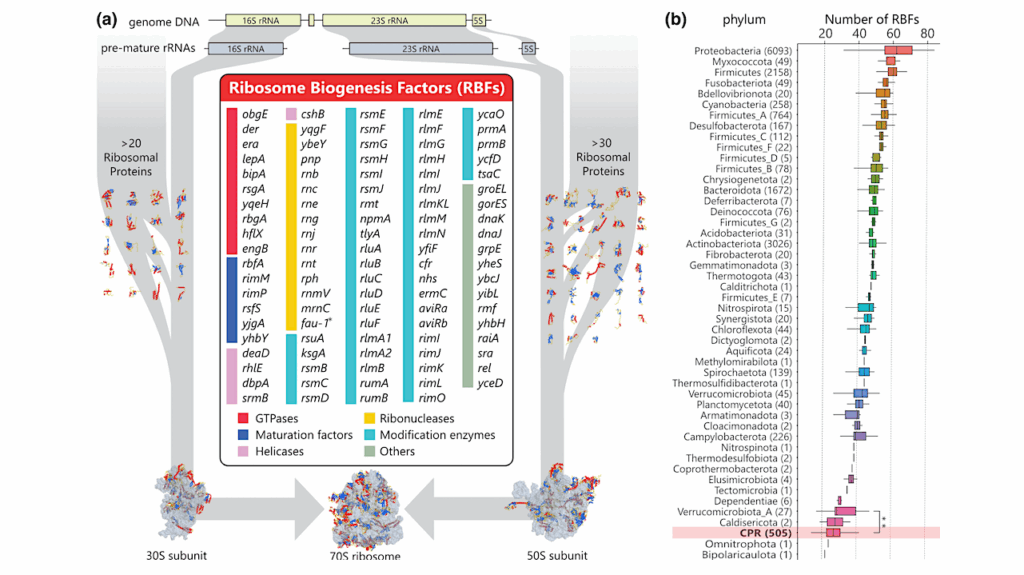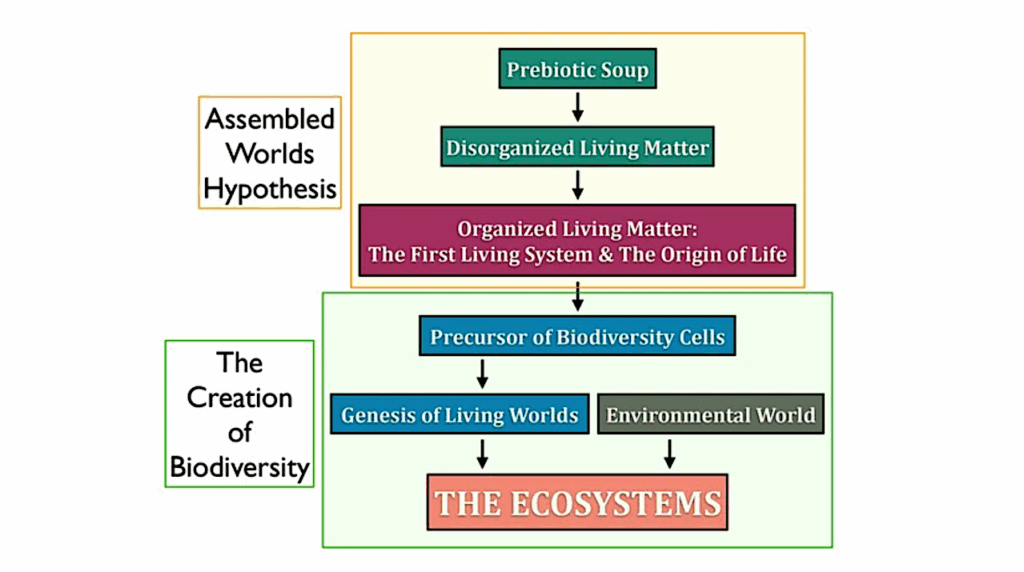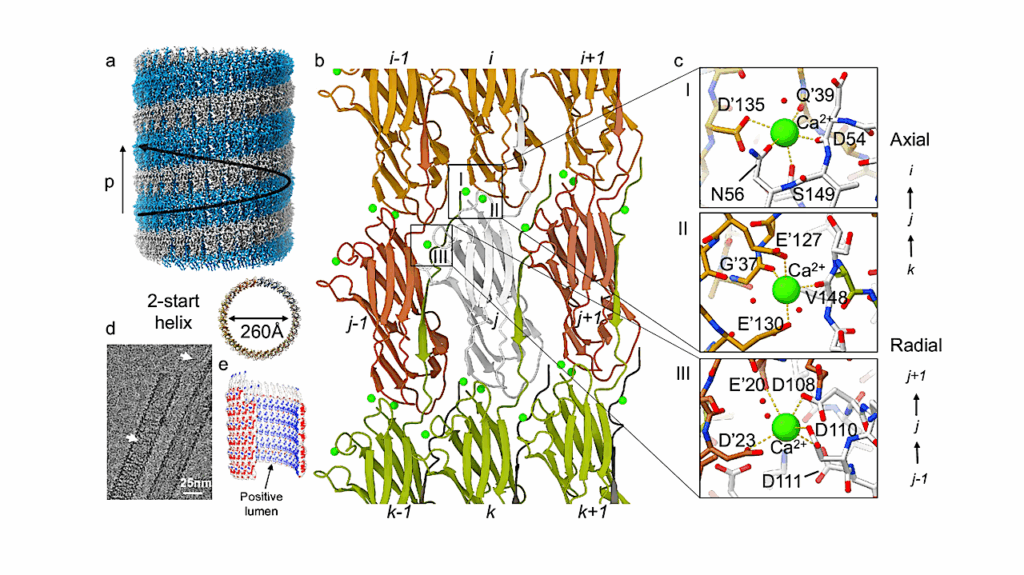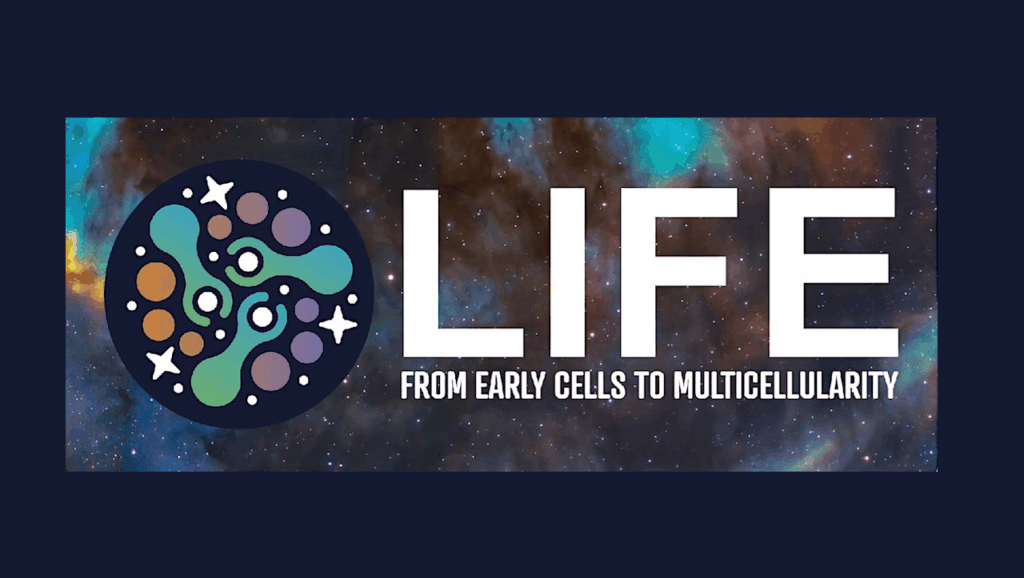New DNA-based Naming System for All Earth Life

All living organisms on Earth could soon have a new name if a Virginia Tech professor has his way. Boris Vinatzer has developed a system that classifies and names organisms based on their genome sequence.
His study was published today in PLoS One.
Vinatzer says his new system would provide scientists and others with a much more precise and clear “universal language” that could make communicating about all life on Earth easier.
Adopting his system would provide each of Earth’s organisms, whether it’s a bacterium, plant, fungus or animal, with a heartier, more detailed and useful name, according to Vinatzer.
The naming system is based on the one devised in the 18th century by Carl Linnaeus (aka Carl von Linne), a Swedish botanist, physician, and zoologist, who is often referred to godfather of genus (taxonomic rank). The Linnaeus classification system has been used by scientists worldwide for more than 200 years.
“Genome sequencing technology has progressed immensely in recent years and it now allows us to distinguish between any bacteria, plant, or animal at a very low cost,” said Vinatzer, who is with Virginia Tech’s Fralin Life Science Institute. “The limitation of the Linnaeus system is the absence of a method to name the sequenced organisms with precision.”
Rather than completely change the current naming convention of biological classification, Vinatzer sees his system more as a way to add more specific defining data to the classification of every organism within its already named species.
Since the naming system would depend on an organism’s specific genetic code, he says it would allow for a much quicker and more universal way of identifying new life forms.
The system begins with the sampling and sequencing of an organism’s DNA.
The sequenced DNA is then used to produce unique code that is specific to that individual organism, but is also based on its similarity to other like organisms that have already been sequenced.
Unlike the current method of biological classification where the names of organisms may change and vary over time, Vinatzer says the code system would make names permanent and standardized.
He also says that naming life forms based on his proposed code system would be faster than today’s long and detailed process that requires analyzing one organism’s physical characteristics compared to another’s.
Back in 2009, Vinatzer and a colleague had success with using genome sequencing to trace a pathogen that was devastating kiwifruit crops around the world back to China.
A broadly accepted and stable biological classification system is a prerequisite for biological sciences. It provides the means to describe and communicate about life without ambiguity.
Current biological classification and nomenclature use the species as the basic unit and require lengthy and laborious species descriptions before newly discovered organisms can be assigned to a species and be named. The current system is thus inadequate to classify and name the immense genetic diversity within species that is now being revealed by genome sequencing on a daily basis.
To address this lack of a general intra-species classification and naming system adequate for today’s speed of discovery of new diversity, we propose a classification and naming system that is exclusively based on genome similarity and that is suitable for automatic assignment of codes to any genome-sequenced organism without requiring any phenotypic or phylogenetic analysis. We provide examples demonstrating that genome similarity-based codes largely align with current taxonomic groups at many different levels in bacteria, animals, humans, plants, and viruses.
Importantly, the proposed approach is only slightly affected by the order of code assignment and can thus provide codes that reflect similarity between organisms and that do not need to be revised upon discovery of new diversity. We envision genome similarity-based codes to complement current biological nomenclature and to provide a universal means to communicate unambiguously about any genome-sequenced organism in fields as diverse as biodiversity research, infectious disease control, human and microbial forensics, animal breed and plant cultivar certification, and human ancestry research.








